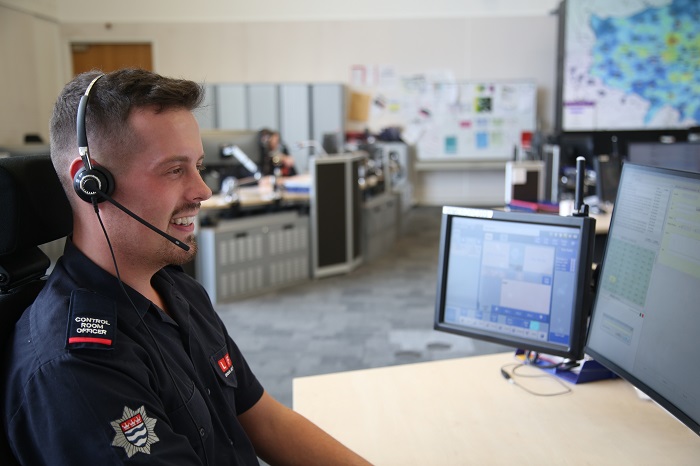Our fire engines are getting to incidents quicker since a new 999 mobilising system was installed according to a Fire Facts report published today.
Well within attendance time targets
In 2018, the average attendance time for a first fire engine to get to an incident in the capital was 5 minutes and 14 seconds, 19 seconds faster than in 2015 when we introduced the new call handling technology. The average attendance time taken for a second fire engine to reach the scene for the same period is also quicker by 19 seconds at 6 minutes 33 seconds.
The average attendance times fall well within the our target times of 6 minutes for the first fire engine, and 8 minutes for the second fire engine to arrive.

999 anniversary
This weekend (30 June) marks the 82nd anniversary of the birth of 999 - the oldest emergency call service in the world. It was set up after a fatal fire at a doctors surgery in Wimpole Street, Marylebone in November 1935. Back then, phone calls were manually connected by the local telephone exchange and because of this, there was a delay in alerting the fire brigade. Sadly, five women died in the fire.
GPS tracking technology
Our 999 call taking and mobilising system was introduced on 17 November 2015 and uses GPS tracking technology. This means that fire engines are now being mobilised to emergencies according to their proximity to incidents. This is a change from the previous system, where engines were mobilised from the closest fire station, rather than where the engines actually were.
Assistant Commissioner for Brigade Control and Mobilising, Jonathan Smith said:
“We’re committed to getting to all emergencies as quickly as possible so I am delighted that our new mobilising system is helping us to locate the nearest fire engines so we can help those in need faster. The technological advances we’ve made since the 999 system was set up in 1937 is vast but the improvements are also down to our fantastic staff.
“The Brigade’s control centre took over 179,000 calls last year and without their tireless dedication, calmness and unflappable resolve the fire engines would never make it out of the door.”

The report also found that;
- Over 40 per cent of domestic fatal fires occur when there’s been a delay in calling 999 of 10 minutes or more.
- Control officers are identifying location of incident from the 999 caller nearly 12 seconds quicker than five years ago because the replacement system allows the use of postcodes.
- Staff at Control have also improved the time taken to answer 999 calls. On average calls were answered in 3.4 seconds, one second quicker than the previous year.
The figures published today are available as part of a our Fire Facts series, giving the public more access to key facts and figures.